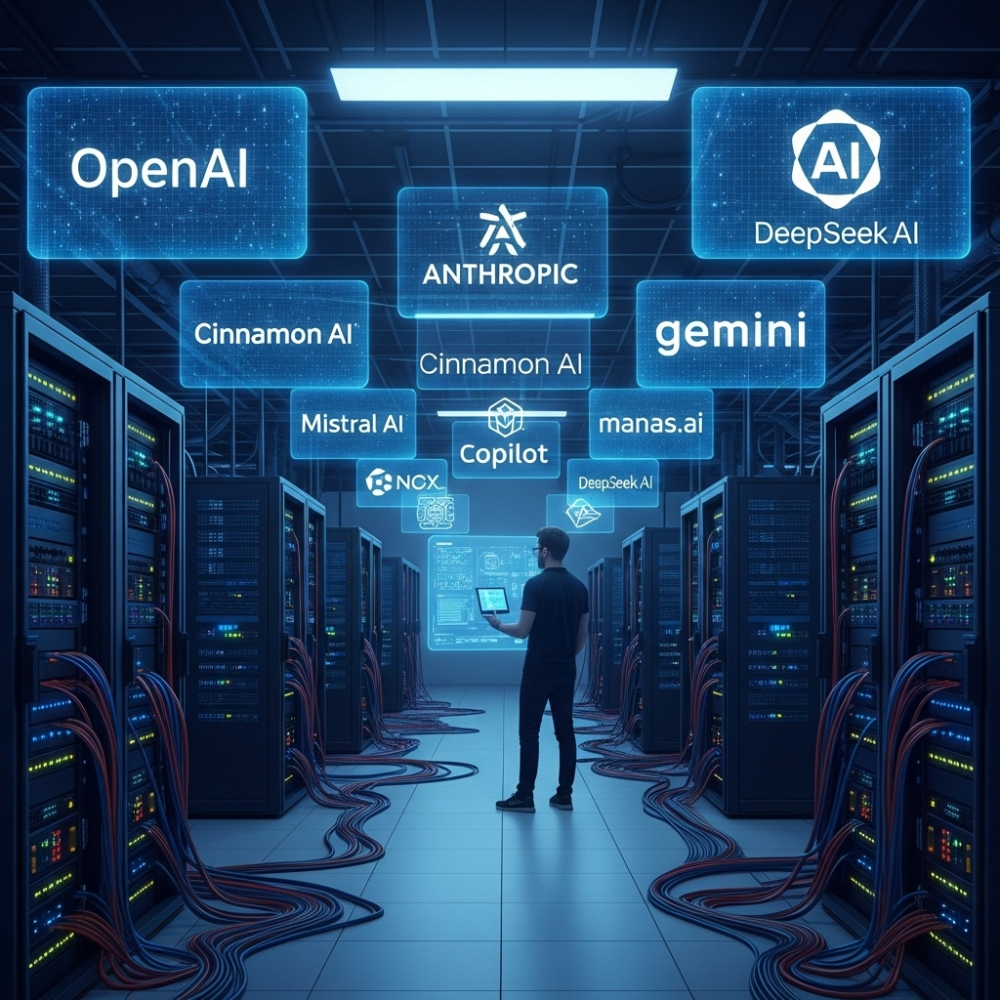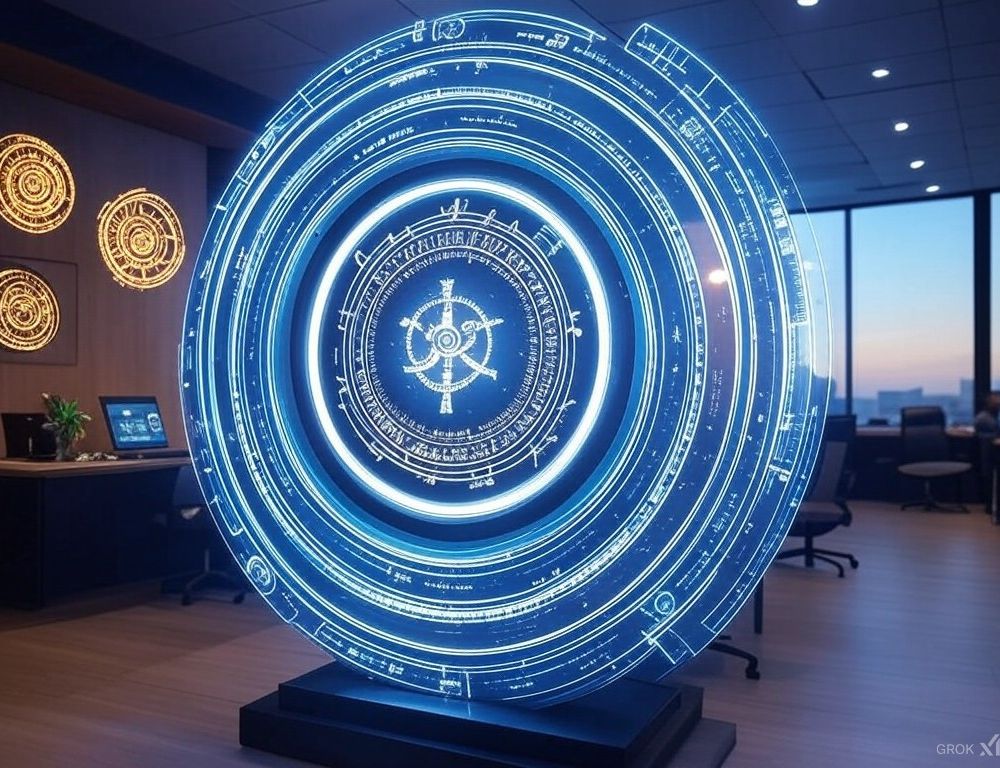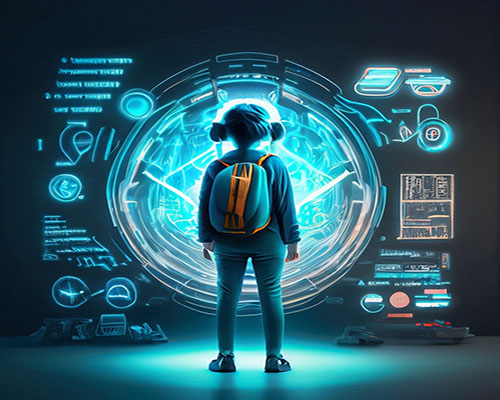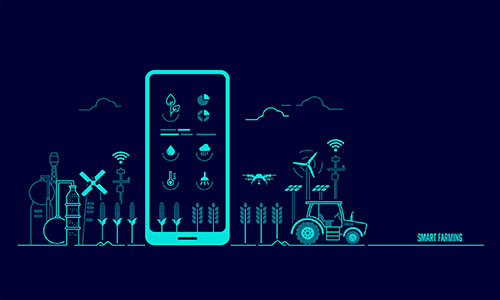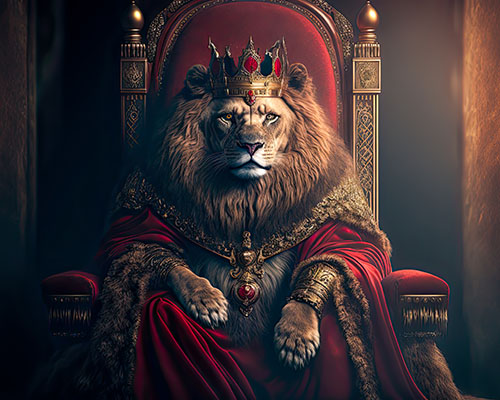Remember the early days of the internet? Clunky websites, static pages, and the distinct dial-up tone. Then came Web 2.0 – the era of social media, user-generated content, and interactive experiences. Now, we stand at the precipice of Web 3.0, often dubbed the “decentralized web,” and it’s poised to redefine not just how we interact online, but how our very websites are built, owned, and experienced.
So, what exactly will our websites look like in this exciting new frontier? Forget the traditional client-server model; Web 3.0 websites are shifting from centralized hubs to a more democratic, immersive, and interconnected ecosystem.
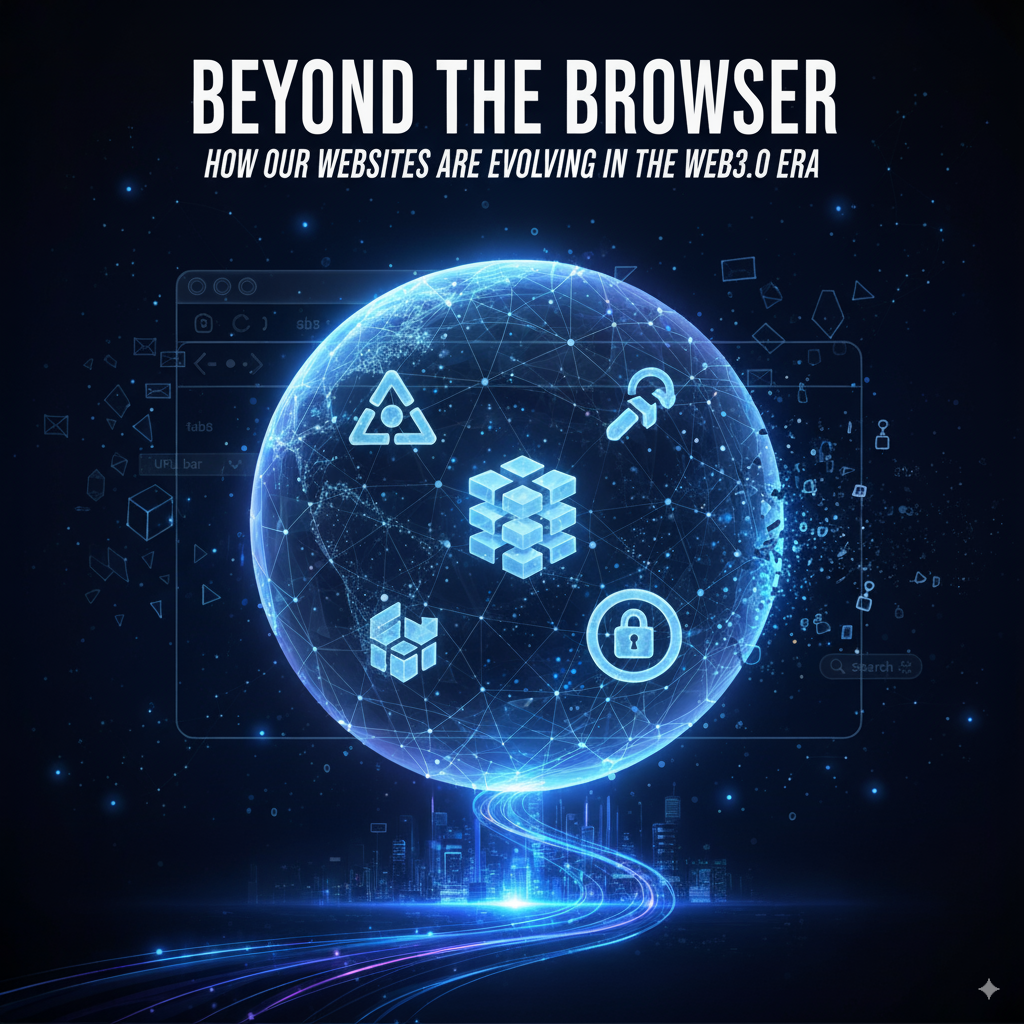
1. Decentralization: No More Single Points of Failure
Today, most websites live on central servers owned by a few large corporations. If that server goes down, your website vanishes. In Web 3.0, decentralization is key. Websites will leverage blockchain technology, storing data across a distributed network of computers.
What this means for your website:
- Enhanced Resilience: Your site becomes far more resistant to outages, censorship, and malicious attacks. There’s no single server to target.
- True Ownership: Content creators and users will have more control over their data and digital assets, rather than entrusting it to a single entity.
- IPFS and Filecoin: Technologies like the InterPlanetary File System (IPFS) and Filecoin will become standard for hosting website content, distributing files globally and ensuring perpetual availability.
Imagine a blog that can never be taken down, or a personal portfolio that truly belongs to you, regardless of server status. This is the promise of decentralized hosting.
2. Semantic Web and AI: Smarter, More Personalized Experiences
Web 3.0 aims for a “semantic web” – an internet that understands the meaning and context of information, not just keywords. Combined with advanced Artificial Intelligence (AI) and Machine Learning (ML), your website will become infinitely smarter.
What this means for your website:
- Hyper-Personalization: Your site will intuitively understand user intent, preferences, and even emotional states, delivering tailor-made content, recommendations, and interfaces without explicit input.
- Intelligent Search: Users won’t just search for keywords; they’ll ask complex questions, and your website will provide highly relevant answers drawn from deep contextual understanding.
- Voice and Conversational UI: Voice assistants and AI-powered chatbots will become seamlessly integrated, allowing users to navigate and interact with your site using natural language.
- Data Interoperability: Your website will be able to effortlessly share and consume data from other decentralized applications (dApps), creating a richer, more integrated experience.
No more generic content. Your website will feel like it truly “gets” each visitor.
3. NFTs and Digital Ownership: Redefining Content and Commerce
Non-Fungible Tokens (NFTs) are not just about digital art. In Web 3.0, they represent verifiable digital ownership, and their integration into websites will revolutionize how we consume, create, and monetize content.
What this means for your website:
- Token-Gated Content: Access to exclusive articles, videos, or communities on your site could be granted only to holders of specific NFTs.
- Verifiable Creator Ownership: Artists, writers, and musicians can embed NFTs directly into their website content, proving their ownership and tracking usage.
- Decentralized Marketplaces: Your e-commerce site might become a dApp, allowing users to buy and sell digital and physical goods using cryptocurrencies and NFTs, with transparent transaction records.
- Community Building: NFTs can foster stronger, more engaged communities around your brand or content, offering unique perks and voting rights to token holders.
From validating digital credentials to enabling new forms of patronage, NFTs will transform interaction.
4. Immersive Experiences: The Metaverse Connection
While not exclusively Web 3.0, the rise of the metaverse is deeply intertwined with its principles. Our websites won’t just be flat screens; they’ll be gateways to 3D, interactive digital environments.
What this means for your website:
- Virtual Spaces: Imagine your product page as a virtual showroom where users can walk around, interact with 3D models, and even try on clothes with augmented reality (AR).
- Avatars and Digital Identity: Users will bring their persistent digital identities (avatars) from one Web 3.0 experience to another, including your website.
- Gamified Interactions: Websites will incorporate more game-like elements, offering rewards, challenges, and dynamic narratives.
The boundary between “browsing a website” and “entering a digital world” will blur.
Are We There Yet?
Web 3.0 is not a distant fantasy; its foundational technologies are already here. While a complete overhaul of the internet will take time, forward-thinking creators and businesses are already experimenting with dApps, NFTs, and decentralized hosting.
Our websites are transforming from static brochures or centralized applications into intelligent, owned, and immersive digital assets that truly empower their users. The Web 3.0 era promises a more equitable, resilient, and engaging online experience – and our websites will be at the very heart of it.



